Figures & data
Figure 1. Tumor-infiltrating lymphocytes in cultured tumor fragments from established mouse tumors are activated by anti-PD-1 plus anti-CD137 mAb combinations.
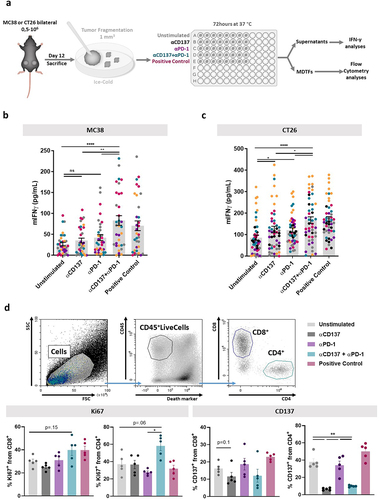
Figure 2. Tumor-derived fragments can be frozen and thawed showing comparable results with freshly excised fragments.
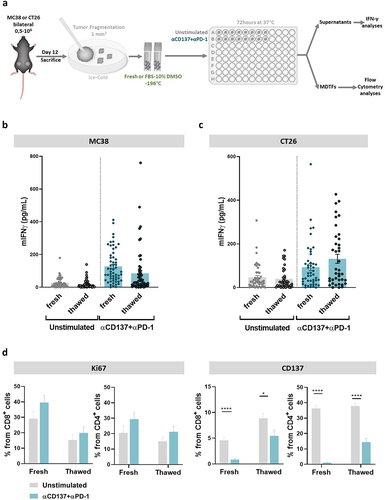
Figure 3. IFNγ release into the supernatant does not predict the therapeutic response to anti-PD1 plus anti-CD137 mAb treatment in vivo.
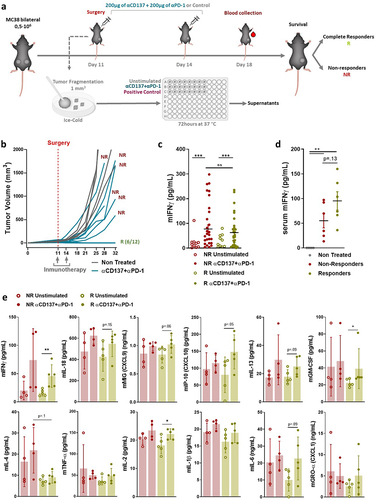
Figure 4. TGF-β blockade enhances the activation of TILs in the fragments as induced by anti-CD137 in combination with anti-PD-1 plus anti-CD137 agents.
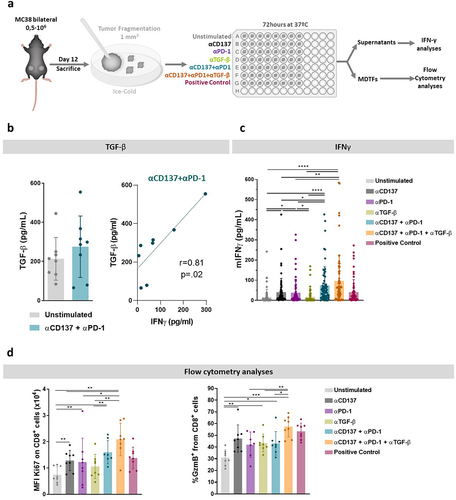
Figure 5. Human tumor-derived cultured fragments in response to nivolumab (anti-PD-1) plus urelumab (anti-CD137 agonist).
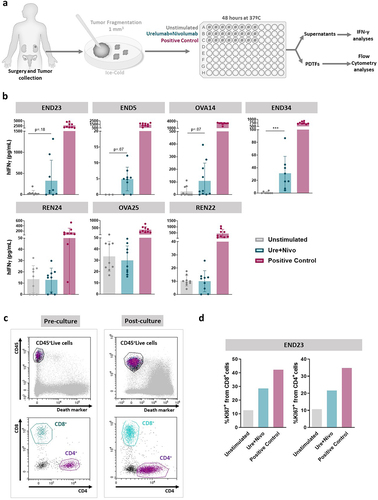
Figure 6. Nivolumab plus urelumab plus anti-TGF-β stimulate IFNγ secretion in a fraction of tumor-derived fragments from cancer patients.
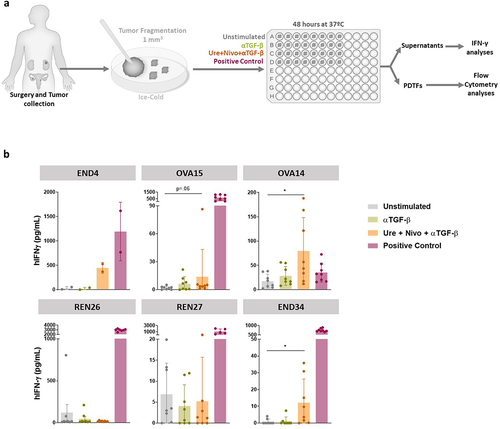
Supplemental Material
Download Zip (1.1 MB)Supplemental Material
Download MS Word (28.1 KB)Data availability statement
Data are available upon reasonable request to corresponding authors.
